The 4 Stages of Handmade Business and What You Need To Do at Each Level $1,000 – $100,000+
I want to help you build a sustainable, profitable handmade business that makes you consistent income and sales. I only ever teach or recommend marketing, social media, pricing, production and branding tips that I’ve personally used successfully in my own 7-figure handmade businesses.
I'm Mei, from Los Angeles!
Read More
Popular Posts You'll Love
Looking for something?
Categories
starting a business
get more traffic
running a business
make more sales
branding
growing a business
mindset & productivity
podcasts
pricing & money
product photography
reviews
selling on etsy
selling on amazon
social media
selling wholesale
- Facebook0
- Twitter0
- Pinterest5
- 5shares
I’ve been running my handmade business for over a decade and I’ve helped A LOT of other people build their own businesses. I’ve seen that there are 4 distinct stages of a handmade business. 4 different income or sales levels that are quite different from each other.
In this post, I’m going to break those down and explain to you what you need to do at each of these different levels.
Stage 1: Getting Your First $1,000
The very first stage is where I’ve seen people spend the most time. This is the stage where you’re trying to get to your first $1,000.
If you’ve been following me for a while, you might know that one of the things I like to say is that the hardest sale or the hardest thing for every handmade business owner is making that very first sale to a total stranger.
That is the ultimate validation that your product has demand in the market.
When someone who doesn’t owe you anything likes what you do so much that they are willing to give you their hard-earned money in exchange for that awesome thing you make, then that feels really good.
At this point, what makes it so challenging is you’re most likely in a position where you’ve never run a business before, so you don’t even know how all of this works. Not to mention, you’re most likely fairly new at monetizing your craft. You may not be new at making your craft, whether that’s jewelry design, painting, crocheting, or sewing bags, but what you’re probably new to is how to sell those things you make.
Start Making What Other People Want to Buy
There’s a slight but very important shift you have to make.
You have to go from making things you want to make, to making things that other people want to buy.
This is what a lot of people struggle with. It’s what I struggled with when I first started.
I might have a passion for making purple frosted cupcakes, but no one wanted that.
This shift can take you a while, maybe even years, to become comfortable with. That’s why that first $1,000 will feel like the most difficult to get.
Get Feedback From Your First Customers
Then the next hardest thing is finding more of that first person who’s bought from you so you keep making more sales.
Most likely that first customer came totally by surprise and you’re not sure how to replicate that. This is why it’s so important at the beginning to talk to your few customers and ask them questions like:
- Why did they buy your product?
- Who did they buy it for?
- What was the one thing that made them buy?
You can just email your customers after they’ve purchased to ask your questions. You’ll be surprised that many people are happy to share that information with you.
With that information, you know now what you need to do to tweak your product or business so you can attract more of that person to buy from you.
In this first stage, you’re still figuring out your product and your customer.

Stage 2: Getting Your First $10,000
At this point between $1,000 and $10,000, you’re probably in that position where you’re trying to figure out, “Okay, how do I get in front of more customers?” because you’re pretty clear about what your product is and who your customer is.
The marketing side of things starts to become more of your focus instead.
You’ll do some craft shows, events, and farmer’s markets. You might even set up an Etsy shop and get more serious with social media. You might sign up for business courses.
I have a really in-depth program called A Sale A Day Business System with a ton of success stories. If you’re interested to learn more, click here to attend a free online workshop first.
In this second stage, you’re probably feeling like you have no idea what you’re doing and you might end up trying all the things at once.
What inevitably happens is, none of the things you’re doing really moves the needle that much.
You’ve heard it before, jack of all trades, master of none.
You’re spreading yourself too thin and you’re probably not doing any one thing right enough that it gets you great results and so you get no results or mediocre results.
But, with enough craft shows, connections with local boutiques, and a few sales on your Etsy shop, you can pretty easily make it to that $10,000 mark, even if it feels like you’re flailing and walking around in the dark, not knowing what you’re doing.
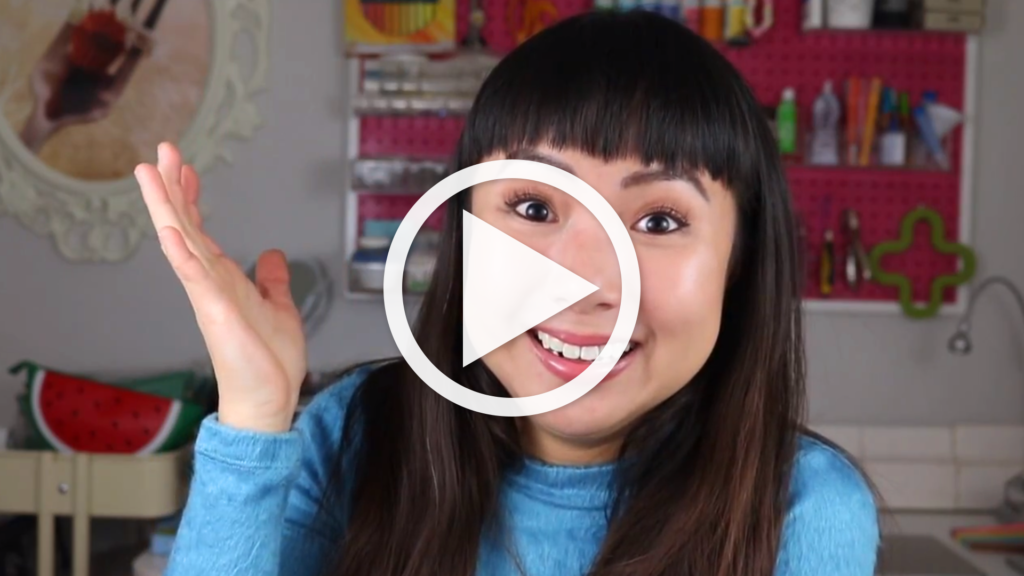
Stage 3: Getting Your First $100,000
This is the sales level between $10,000 and $100,000. Now, I know that sounds like a huge range, but honestly, I’ve seen that whether you’re at $30,000 or $80,000, you’re doing more or less the same thing, but just at a larger scale.
What I’ve seen becomes the focus during this stage is you’re getting more strategic about where to focus your time.
In stage 2, you tried all the things. In stage 3, you’re picking and choosing just the things that have already gotten you great results and then you’re doing more of that.
You’ve stopped doing all the craft shows that aren’t profitable. In stage 2, you’ve spent a bit of time trying a lot of different shows out. In stage 3, you know which ones are good for you. So that in itself helps save you time.
You’re not spending all your time doing live events.
At this point, you’ve probably also got some momentum doing wholesale. So, you also scale that up and try to reach out to more brick and mortar stores.
Get Your Products in the Media
What I’ve seen can really help you get to your first $100,000 is with getting your products in the media.
I have a great video that talks about how you can do that if you want to learn how.
I got to my first five-figure month of sales because I got featured on a popular website over the holidays. I got to my first $80,000 in sales, again, because I had a media mention that year.
I got to my first multiple six-figure sales because I got my products on a TV show. No other form of organic marketing I know can have this kind of impact on your business.
As long as you keep showing up for your business and you don’t regress to previous stages, you will continue to grow.
Every year you’re building equity into your business with all the promotional and marketing efforts you’ve been doing.
Every craft show you do is at least a few dozen if not hundreds of people who are made aware of your existence. A first-time wholesale buyer becomes a repeat customer the next year. Your media mentions live a long time, so you’ll have people still buying from you because they saw you in a magazine from two years ago.
All the things you’re doing will start to build upon itself.
So it’s natural to see growth year after year. That’s what happened with me.
That first $10,000 was so hard to get to and I felt like I didn’t know what I was doing. I didn’t have a plan or a strategy and I was in learning mode, but I was still able to get to 10K, anyway.
Then the next year after that, I got to $30,000, and the year after that, $80,000. It might feel like a big jump but honestly, there’s not much difference between those 2 numbers.

Stage 4: Getting Multiple Six-Figures
This is where things start to look quite different because this stage is all about automation, systems, and using your money to make money for you, and that’s with doing paid advertising.
One thing you have to be aware of is that if you’re the only person making your products and shipping orders, that you have a maximum capacity for that.
How many of your products can you make in one day? How many orders can you ship a week?
Hire Help for Your Business
Eventually, if you want to keep growing, you have to realize that hiring help will become a part of your business.
That could be hiring production or shipping help, hiring someone to do customer service for you, or hiring someone to do online marketing tasks.
This is the stage where you know you can no longer run your business all by yourself.
I think it’s still quite possible to run your business alone right until you get to that $100,000 mark, but it’s going to be really difficult. Unless maybe you’re in the print-on-demand space or you sell wall art and making the products don’t actually take up that much of your time.
If you’re truly handcrafting your products, then you’ll actually want to start to hire help when you’re in stage 3, because when you wait until you’re in stage 4, you’re going to be too busy to interview, hire and train anyone.
Definitely, in stage 4, you should probably already be having a team to help you run your business.
Start Investing in Paid Advertising
What’s interesting is, I started doing paid advertising when I started seeing my business income stop being so directly tied to my effort.
As you build your team, your capacity for making products and fulfilling orders becomes greater. You’re no longer needed to put in 1 hour to make x amount of dollars.
In fact, you’re now in a CEO position where your hourly income rate far exceeds what you were making before in the previous stages.
Once I got to that point where I could remove myself from my business because so much of it was automated, I started putting the money I was making from my business, into paid ads so I could have that money, make money for me.
Paid ads, is a lot like automating and scaling sales and marketing. I’m no longer relying on wholesale or craft shows or organic social media to help me make sales.
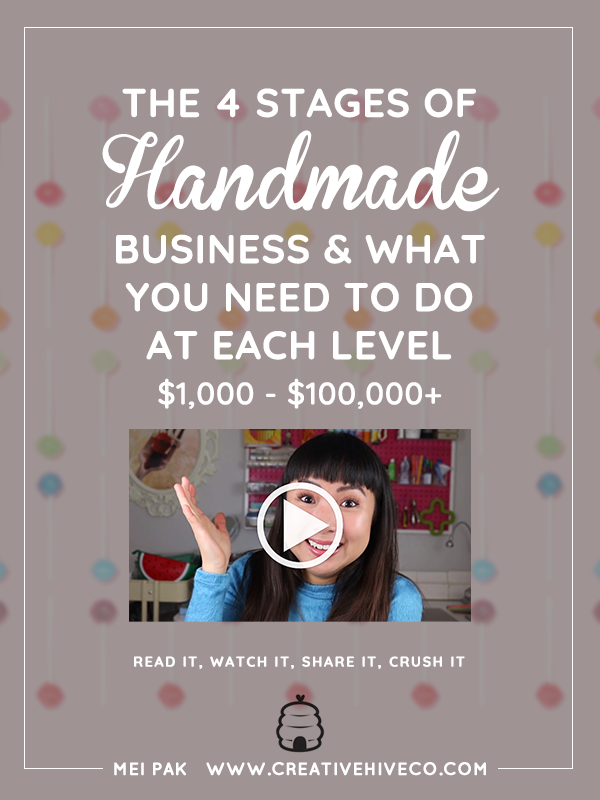
Leave a Comment
Liked this article? Share it!
Unlock a Profitable Handmade Business
in Just 12 Weeks Without Using Etsy
or Social Media
FREE WORKSHOP
This workshop is for anyone who makes and sells a handmade or physical product, including jewelry designers, artists, paper designers, bath & body product makers and more!
What You'll Discover
The #1 mistake people make with Etsy & social media that causes shops to FLOP
The secret to making it with your handmade shop so it's no longer just a hobby
How to make sales in your handmade shop with ease so you can finally get to 6-figures
TAKE ME THERE
Your email address will not be published. Required fields are marked *
Leave a Reply Cancel reply
About
Blog
A Sale A Day
Student Login
Free Class
Contact
Terms
Become A Student
Watch On YouTube
Student Reviews
See My Handmade Shop!
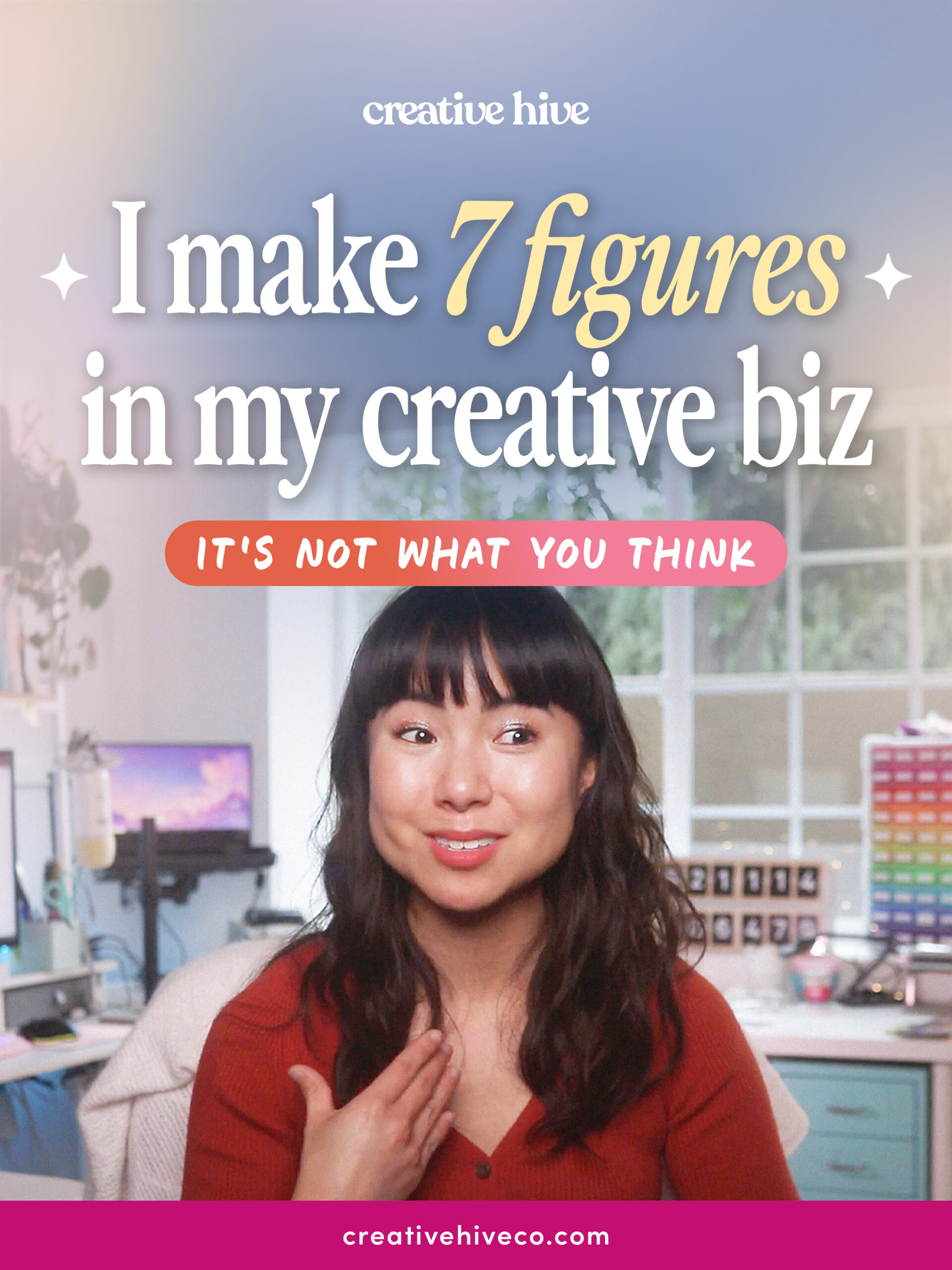
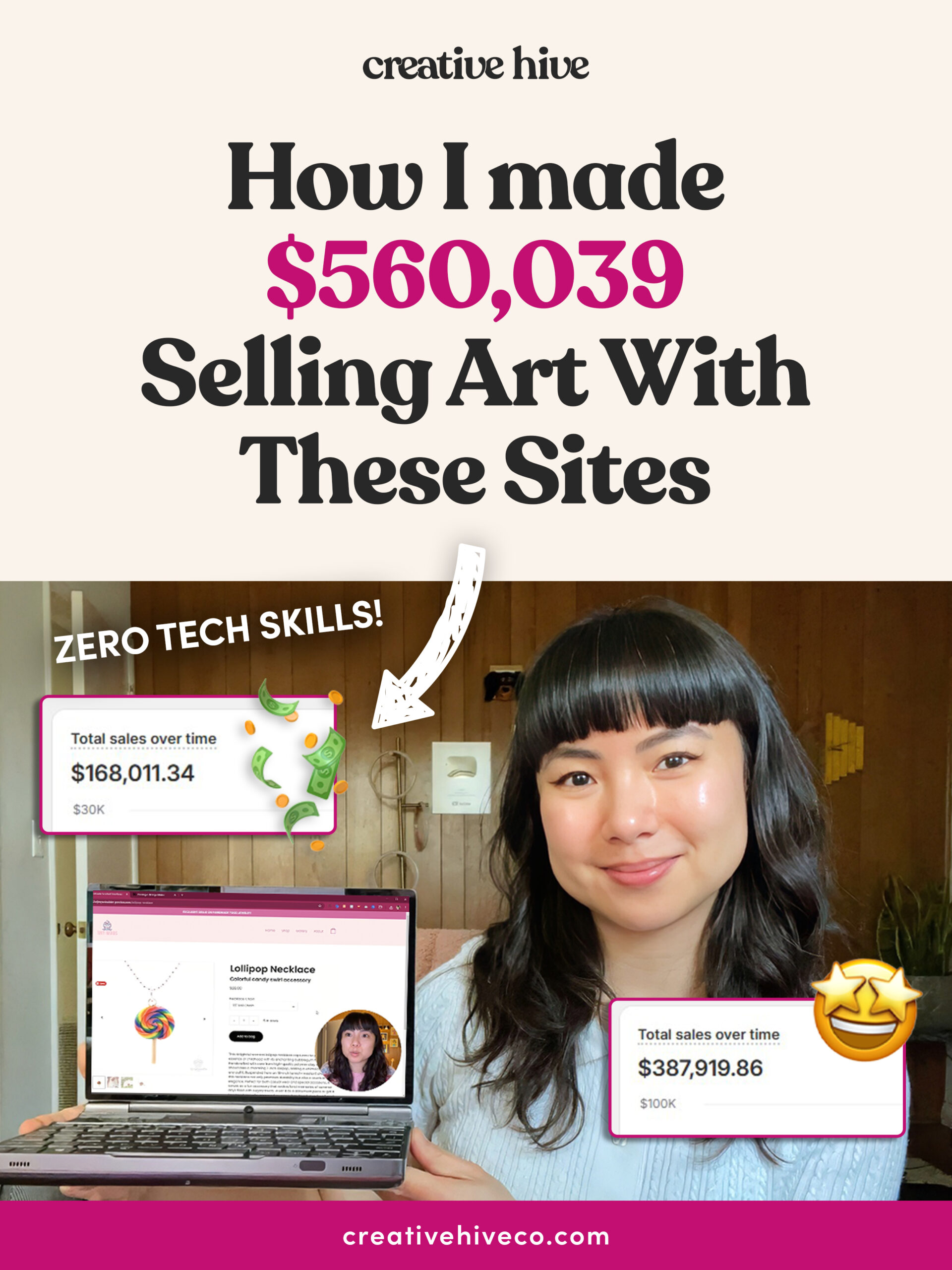
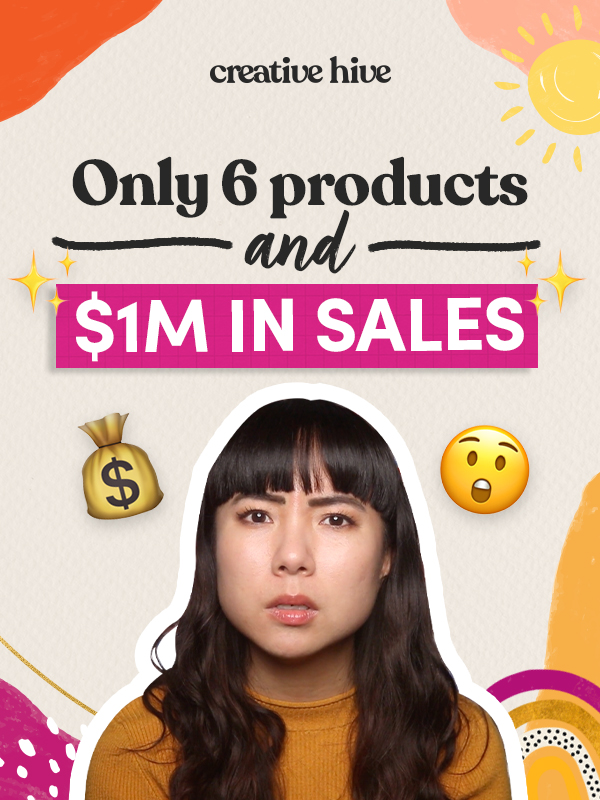
Love your approach to business. You are straight forward about the stages, which make sense to me. My problem is this : multiple crafts that I learned. From knitting, crochet, embroidery, macrame, transfers and some easy jewelry. Just starting to learn to sew makeup bags. I just can’t decide on what to make or how to follow trends. HELP!